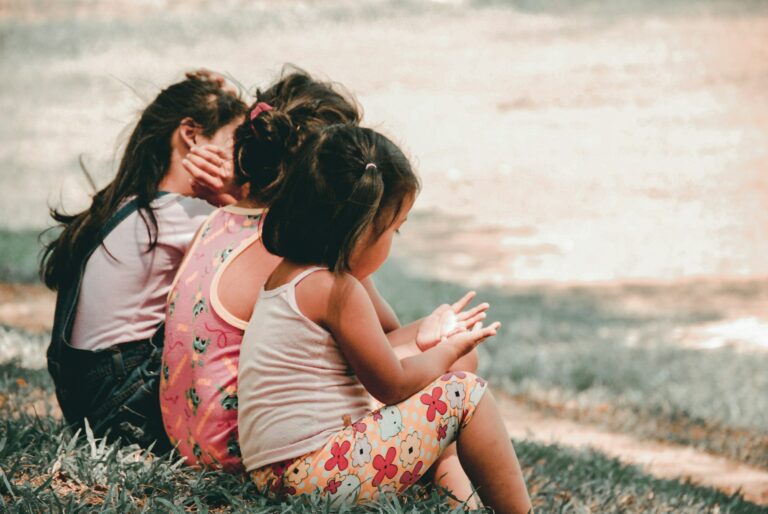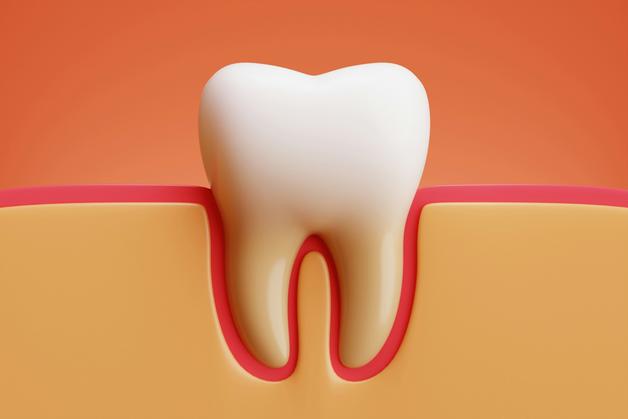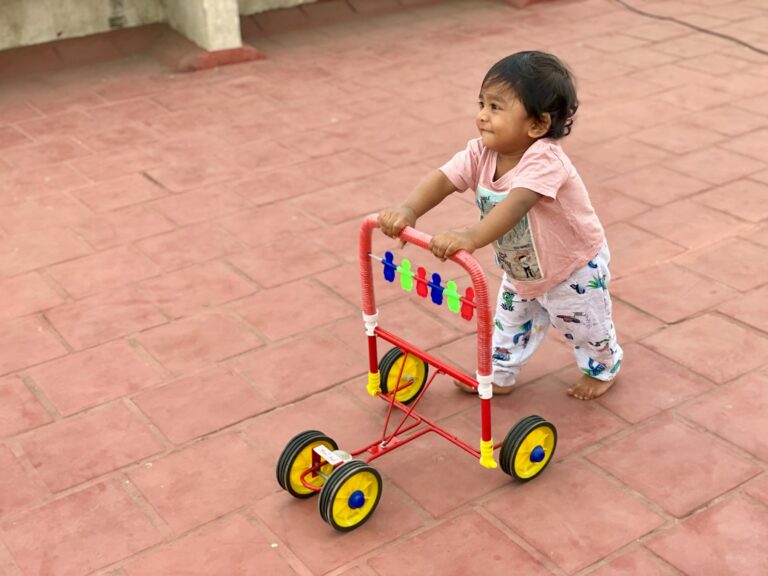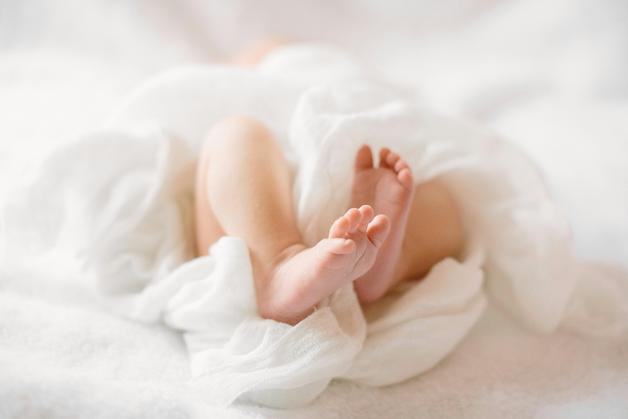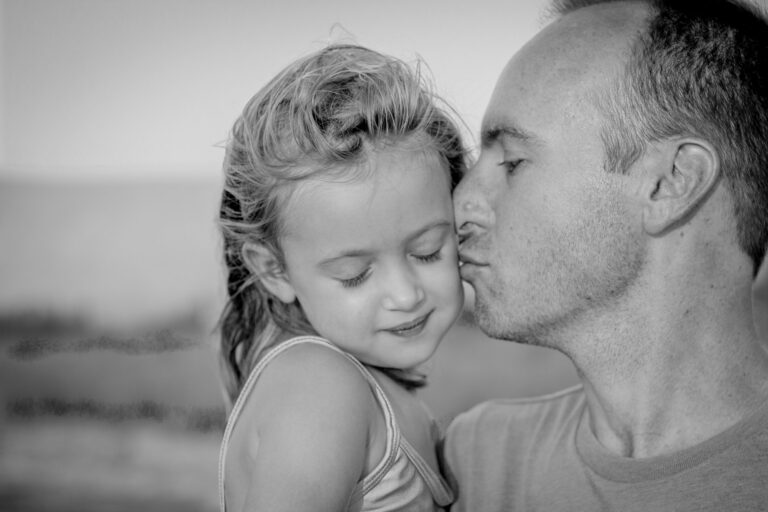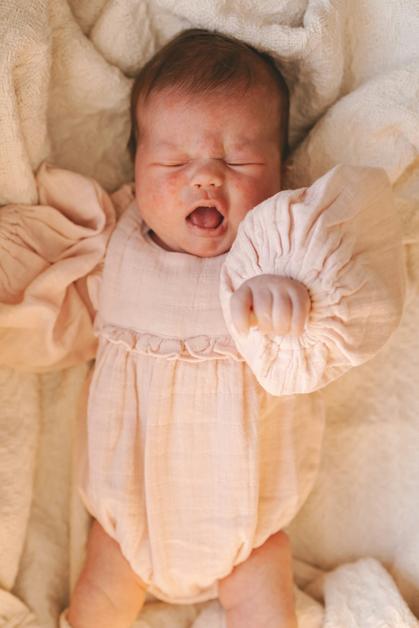Embarking on the journey of potty training baby? The first emotions that surface are often a cocktail of excitement, worry and the hope that one more parental challenge will soon pass. Parents wrestle with countless questions: When is the right moment? What if my baby resists? Is there a risk of doing it too soon or too late? Here, you’ll find an in-depth look at signals of readiness, evidence-based methods, and sensitive insights to help you support your baby with confidence and patience. Let’s address confusion, break down the physiological progression, and bring clarity on best practices, so potty training baby becomes a smoother, more empowering step for your whole family.
Understanding readiness: the science behind potty training baby
What transforms a tiny child—dependent on diapers—into a proud graduate of the potty? The foundation is physiological growth, not mere imitation or encouragement. It all begins with something called sphincter control—a somewhat technical term but important to understand. This refers to the neurological ability, centered around the spinal cord and brain, to deliberately contract and relax the muscles that hold and release urine and stool. In most babies, this control is not present before 18 months and may develop much later, depending on genetics, temperament, and even environment.
Curious if your potty training baby is ready? Look for:
- Noticeable interest in adults’ bathroom habits, observing or even following you to the toilet.
- Remaining dry for long periods (at least two hours) or waking dry from naps.
- Communicating—verbally, through gestures, or facial expressions—about a wet or soiled diaper.
- Dexterity to pull trousers up and down independently.
- Hiding to urinate or defecate, or seeking privacy.
- Following basic instructions without resistance.
Every child’s neurodevelopmental rhythm is unique—a fact well recognized in paediatrics—so avoid comparing your child to others.
When and how to begin potty training baby
Globally, most children begin potty training baby between 18-36 months. In rare situations, some may show signs even earlier, associated with practices like elimination communication, which involves tuning into subtle cues and natural timing. Notably, the urinary bladder’s capacity to retain liquid increases over the second year, making lengthy dryness reliable only as children approach two years and beyond.
For most parents, starting gently makes sense. Make bathroom trips unhurried and positive. Allow your child to hand you the wipes or a fresh diaper during changes—even before formal training begins. This cultivates awareness and introduces the concept that toileting is a normal, everyday happening. Consistency builds anticipation and trust: the daily rhythm matters much more than any quick-fix method.
Fostering autonomy: practical strategies
Providing opportunities for your baby to participate is essential. Invite your child to help during diaper changes: removing their own diaper, cleaning with a cloth (under guidance), or discarding the used diaper themselves. This active involvement bolsters their sense of control and self-worth. Gradually, you’ll notice them mimicking adult behaviours—flushing, wiping, or even attempting to wash their hands unprompted.
Rather than dangling rewards or praises tied directly to successful potty use, focus on intrinsic motivation. “I see you listened to your body. That’s wonderful you noticed it was time.” This reinforces self-awareness and avoids the pattern of seeking external approval.
Best approaches for potty training baby
No one method fits all. The science supports various evidence-based strategies, each adaptable to individual temperaments:
- Elimination Communication (EC): Introduce the potty extremely early, observe your baby’s natural elimination timings, and respond promptly. While few families choose this approach, research highlights potential for early awareness—but caution, as emotional readiness may lag behind physical signals.
- Child-led (Gradual) Training: Wait for your child’s cues. Introduce the potty gently, with no time constraints or pressure—perfect for fostering self-confidence.
- Routine/Traditional Training: Begin at around two or three years old. Set aside specific times (after meals, before naps), use routine and gentle praise, and maintain a steady rhythm.
- Intensive Training (“Boot Camp”): A more concentrated effort over several days, helpful where a child clearly signals readiness.
What to choose? Consider your baby’s personality, day-to-day family routine, and your own comfort level. Serious uncertainty? A paediatrician can help clarify doubts and offer a tailored roadmap.
Introducing your child to the potty: making it familiar
Involving your baby in selecting their own potty can spark genuine excitement. Give it a permanent place—often the bathroom. Let your baby sit, fully clothed at first, exploring at their own pace. This de-mystifies the process and reduces anxiety around the unfamiliar.
Invite your child to observe trusted adults using the bathroom (a surprisingly effective learning tool)—modelling demystifies and reassures. Prepping your baby with easy-to-remove clothing (elastic bottoms, simple skirts) enables swift independence and reduces accidents born of last-minute fumbles.
Invite your child to pick their first set of underwear—small personal autonomy can yield big enthusiasm.
Routine: the backbone of successful potty training baby
Establishing a consistent daily routine is paramount. Propose potty breaks after waking, after eating, before sleep, or at fixed intervals. Celebrate every attempt—not just results. Sitting on the potty without success is still progress. Emphasize participation and willingness rather than outcome: “You tried sitting! That’s fantastic.” Avoid punishment or shaming when accidents occur. These are learning moments, not failures.
Clothing again plays a practical role: overalls, buttons, or complex fastenings slow little hands and invite stress at the worst moments. Simplify.
Stages of mastering potty training baby
The potty training baby process typically unfolds across recognisable steps:
- Introduction: Potty becomes part of the scenery, explained in straightforward language.
- Familiarisation: Sitting on the potty dressed, then bare, at regular moments.
- Routine building: Set schedules and offer supportive feedback.
- Transition: Gradually retire daytime diapers in favour of training pants; eventually experience daily life in underwear.
- Independence: Guide through wiping, flushing, and handwashing—offering help until habits are reliably established. Step back but remain vigilant.
Dealing with setbacks: what if things don’t go as planned?
Accidents, hesitations, and even refusals—these are completely normal. The nervous system matures at an individual pace, and passing urine or stool involves a fine interplay between muscle memory and emotional security. Never punish or embarrass. Quietly help with cleaning and reassure your child with calm words. Offer to let “teddy” or a favourite doll “practice” on the potty—a playful, low-pressure approach that normalises experience.
For some, passing stools in the potty takes longer. Don’t insist or create tension—a negative association can quickly lead to stool withholding or even constipation. Keep encouragement gentle and step back; bowel control is a delicate dance between body and confidence.
Temporary regressions often emerge around emotional or physical transitions—holidays, illness, new siblings, or daycare changes. Stay the course with compassion and steadiness; the nervous system will catch up.
Night-time and nap training: a separate milestone
Remaining dry during the night differs physically from day control. The kidneys slow urine production during sleep due to hormone surges (anti-diuretic hormone) only as a child matures. Watch for dry diapers on waking from naps or night-time sleep as an indicator.
- Integrate a final potty visit before sleep.
- Enable solo access to the bathroom—think nightlights or a small potty in the bedroom.
- Maintain nighttime diapers until dryness emerges naturally; do not rush.
- Acknowledge progress, and if needed, explain it’s normal for night dryness to develop long after daytime success. For some, this difference may persist for months, occasionally years.
Outings and the real world: potty training baby away from home
Stepping outside can feel daunting. With a potty training baby, preparation is everything. Carry a portable potty or toilet seat reducer—a life-saver in public bathrooms. On arrival, show your baby where the facilities are; structure and predictability buoy confidence.
Prepare a kit: full change of clothes, wipes, plastic bags. Schedule regular breaks—avoid the temptation to slip back into diapers “just in case.” Short-term inconvenience supports long-term self-reliance. For longer journeys, foldable potties and disposable seat covers reduce anxiety for both of you.
Dressing for success
Quick-release, loose-fitting attire is your new best friend. Elastic waistbands, plain dresses—these invite independence and minimize last-minute struggles. During the early potty training baby journey, fabric training pants can provide reassurance against minor mishaps while still alerting your child to wetness—an important learning trigger.
Celebrating big and small wins
Every effort, every tiny step forward, counts. Shower your potty training baby with recognition: “You listened to your body!” “You told me you needed to go.” Avoid negative reactions—mistakes are stepping stones, not stumbling blocks.
Small rewards—stickers, a special story, a high-five—can reinforce positivity if used for participation rather than strict results. Confidence blossoms best in an environment that prioritises effort and curiosity over speed.
Hygiene and safety: necessary daily habits
Teach effective hygiene right from the start. Always wipe from front to back—preventing urinary infections, especially for girls—and supervise hand washing with soap for at least twenty seconds. Many families use songs or visual timers to keep little hands scrubbing.
Keep cleaning supplies and potentially hazardous products out of reach. Select a potty or reducer suited to your child’s size to prevent awkwardness or falls. Monitor bowel patterns; ongoing constipation or pain deserves prompt paediatric assessment. Early support ensures healthy habits and reassures everyone.
Expert advice and recommendations
- Each child follows their own neurological and emotional timeline—developmental diversity is the norm, not exception.
- True readiness centres on interest, communication, and bladder control. Age alone is not the deciding factor.
- Begin potty training baby during emotionally stable periods—avoid big life changes if possible.
- Prioritise autonomy at every step; even letting a child have a say in choosing new supplies makes a difference.
- Patience, not pressure, yields the best results. Avoid threats or shaming.
- Persistent resistance, ongoing constipation, or faltering progress after age three? Consult your paediatrician or a child development specialist.
Key Takeaways
- Potty training baby is anchored in the body’s neurological and muscular maturing process; timing should follow readiness signals, not fixed ages or societal expectations.
- Encourage your baby’s participation. Self-care skills boost long-term confidence and independence.
- Structured yet relaxed routines, gentle guidance, and plenty of praise support quicker, less stressful progress.
- Regression is a normal response to changes. Compassion and consistency build trust.
- Unexplained or persistent difficulties call for professional advice—sometimes medical conditions underlie setbacks.
- For tailored guidance and free child health questionnaires, parents can download the application Heloa.
Questions Parents Ask
When should I be concerned if my child is not showing any interest in potty training?
Variation in interest and timing is entirely normal among children. Some show no inclination even post their second birthday. If your baby is nearing three years old with zero signs of readiness or curiosity about the potty, and especially if there are delays in areas like speech or social interaction, or your child shows real distress around toilet habits, talking with your paediatrician brings reassurance and tailored strategies. Solutions can always be adapted to encourage your baby gently.
Is it possible to start potty training a baby before 18 months?
Techniques like elimination communication—noticing your baby’s cues and responding promptly—can be initiated before 18 months, nurturing early body awareness. However, medical studies show most babies are not developmentally ready for full bladder and bowel control until closer to 18-24 months. If you explore early methods, keep it playful and relaxed—no pressure, gradual exposure, and always respond kindly to your child’s comfort level. Consider it an introduction, not a finish line.
What if my child is afraid to use the toilet?
Toilet fears are nothing to feel embarrassed about. New noises, sensations, or sitting on something unfamiliar often provoke anxiety. Begin with letting your child sit on the potty with clothes on, offer a small potty or secure seat reducer, and let them hold comfort items if they wish. Storybooks about potty time and observing trusted adults can help normalise the experience. Trust, time, and empathy—these are your greatest tools when fear crops up. Most children find confidence in their own time.
Further reading:



